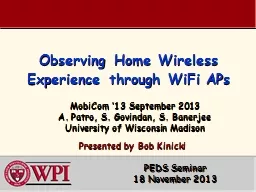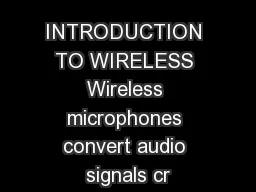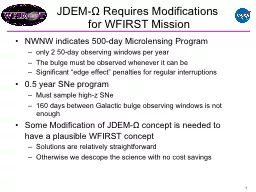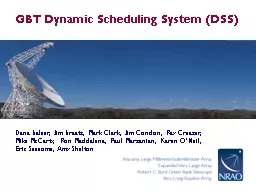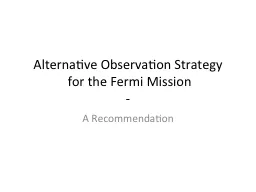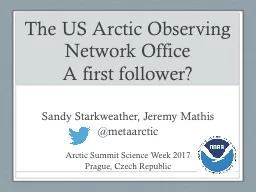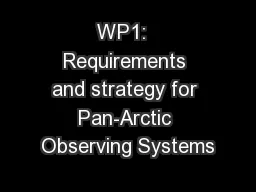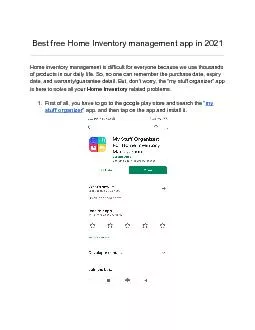PPT-Observing Home Wireless Experience through
Author : startse | Published Date : 2020-07-01
WiFi APs MobiCom 13 September 2013 Patro S Govindan S Banerjee University of Wisconsin Madison Presented by Bob Kinicki PEDS Seminar 18 November 2013 Motivation
Presentation Embed Code
Download Presentation
Download Presentation The PPT/PDF document "Observing Home Wireless Experience throu..." is the property of its rightful owner. Permission is granted to download and print the materials on this website for personal, non-commercial use only, and to display it on your personal computer provided you do not modify the materials and that you retain all copyright notices contained in the materials. By downloading content from our website, you accept the terms of this agreement.
Observing Home Wireless Experience through: Transcript
Download Rules Of Document
"Observing Home Wireless Experience through"The content belongs to its owner. You may download and print it for personal use, without modification, and keep all copyright notices. By downloading, you agree to these terms.
Related Documents

